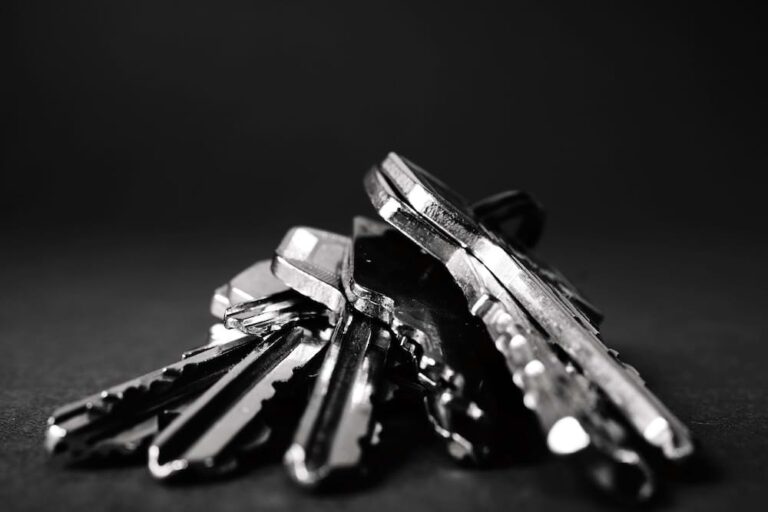Easter
Easter, or Pâques in French, is both a major religious holiday and a cultural event in France. For learners of French, exploring Easter traditions is an opportunity not only to discover important aspects of French life but also to expand vocabulary and deepen cultural understanding.
Religious Observance – Les célébrations religieuses
France has strong Catholic roots, and Easter remains one of the most important dates on the Christian calendar. The week leading up to Easter is called la Semaine Sainte (Holy Week). It includes:
- Le dimanche des Rameaux (Palm Sunday)
- Le Jeudi saint (Maundy Thursday)
- Le Vendredi saint (Good Friday) – a public holiday only in Alsace and Moselle
- Le samedi saint (Holy Saturday)
- Le dimanche de Pâques (Easter Sunday)
During le Vendredi saint, church bells fall silent in most parts of France. This symbolic silence commemorates the death of Christ. Children are told that les cloches (the bells) have flown to Rome and will return on Easter Sunday, bringing chocolates and sweets. This charming story reflects the French tradition of les cloches de Pâques (the Easter bells), a concept unfamiliar in English-speaking countries.
Chocolate and Symbols – Le chocolat et les symboles de Pâques
Easter in France is closely associated with chocolate. Shops and bakeries display intricate chocolate figures, which go far beyond the typical egg. Key vocabulary includes:
- un œuf en chocolat – a chocolate egg
- une cloche en chocolat – a chocolate bell
- un lapin en chocolat – a chocolate rabbit
- des fritures de Pâques – small chocolate fish
The word fritures usually means “fried foods”, but in this context, it refers to bite-sized molded chocolates shaped like fish and sea creatures. These are a nod to the poisson d’avril (April Fool’s Day), which sometimes falls near Easter.
Children take part in une chasse aux œufs (an egg hunt), often organised in parks or gardens. This is a popular springtime event, reinforcing vocabulary related to nature, directions, and numbers.
Easter Food – Le repas de Pâques
The traditional Easter meal in France is a family gathering. A typical main dish is le gigot d’agneau (roast leg of lamb), a symbol of sacrifice and renewal. This is often served with des haricots verts (green beans), des pommes de terre (potatoes), and seasonal vegetables.
In Alsace, a popular Easter cake is l’agneau pascal, also called lammala in the local dialect. It is a sponge cake shaped like a lamb and dusted with powdered sugar.
Useful food-related expressions:
- un plat traditionnel – a traditional dish
- un dessert de fête – a festive dessert
- partager un repas – to share a meal
Regional Customs – Les traditions régionales
French Easter customs vary across the country. In Provence, communities may gather to prepare l’omelette pascale – a giant omelette cooked in a public square and shared with villagers. This tradition is particularly engaging for learners, as it introduces communal vocabulary such as casser des œufs (to crack eggs), remuer (to stir), and cuire à feu doux (to cook on low heat).
In Corsica and Brittany, Easter includes religious processions and local specialities. These regional differences are useful reminders that French culture is not uniform, and many French words and customs reflect local identities.
Language Tips for Learners
- Pâques is a feminine plural noun: les Pâques, but when used with an article like le dimanche de Pâques, it appears singular and masculine.
- The silent ‘s’ in Pâques is retained in writing, but not pronounced.
- Related verbs include célébrer (to celebrate), offrir (to give a gift), and manger (to eat).






